This is the first of a series of articles devoted to the recent Toronto film festival (September 10-19).
To make useful sense of an event as large and contradictory as the Toronto film festival, which screened 273 feature films from 64 countries this year, is no easy matter. A given commentator sees only a fraction of the films, and he or she is bound to wonder as a consequence whether something terribly important might have been missed, and whether, as a result, any generalizations might be inadequately grounded.
Moreover, film festivals like this have tended, in recent decades, simply to take place year after year without significantly noticeable development or extraordinary purpose, aside from relatively narrow ones. Those with a personal or financial stake in the matter—directors, performers, producers, distributors—might have reasons to sharply distinguish in their memories the 2002 Toronto festival from the 2005 edition, but is anyone else likely to?
However, events inevitably take place that provide some perspective on every aspect of social life, including global filmmaking. The economic crisis that began with the collapse of Lehman Brothers in September 2008, and which has meant a steady worsening of the conditions of millions over the past year, is one such event. The deepening crisis has been accompanied by a growth of political tensions, militarism and neo-colonial violence.
The new Obama administration, which so many in the North American film industry greeted with euphoria, has intensified the war against the Afghan people, spread the brutal conflict into Pakistan, and is currently staging new provocations against the Iranian regime centered on allegations about Tehran’s nuclear program, a campaign that menacingly resembles the one organized by the Bush-Cheney government to justify its criminal invasion of Iraq in 2003.
Nor have global-economic and industry trends left the Toronto film festival untouched. It has become a major focus for certain sections of the film industry, a launching pad for numerous commercially and critically successful movies. Such an operation must set in motion large amounts of money, and create the conditions in which “important” careers and reputations are created (or perhaps destroyed). The swelling presence of movie stars, red carpets, and other trappings of the celebrity culture testifies to the Toronto festival’s thorough-going inclusion in the international entertainment trade.
This process has to have an impact on those who organize the event, who no doubt take its growing commercial stature as a sign of their cultural prescience and insight. A process of social differentiation occurs here too, within the festival itself, as the various components of the film world (studio, “independent,” art-house, etc.) compete—one-sidedly of course—for publicity and funds.
Honest artistic elements, at a certain point, must come into conflict with the tendency of the festival to become more and more of an establishment event, socially indifferent and oblivious, under the conditions of economic disarray and imperialist barbarism.
As it happened, Israel’s murderous assault on Gaza and the provocative decision of the Toronto film festival, in the face of this atrocity, to single out Tel Aviv eight months later (“a young, dynamic city that…celebrates its diversity”), as part of a new festival program, provided the spark for a protest from a number of radical-minded filmmakers. (See “Filmmakers, writers protest Toronto festival spotlight on Tel Aviv”.)
Whatever the intention of festival organizers, there can be no doubt that the Israeli regime and its representatives saw the Toronto festival spotlight as a propaganda coup, part of the effort to improve the country’s image around the world.
When a number of Toronto filmmakers made the case in a face-to-face meeting, not against the screening of Israeli films, but the decision to celebrate Tel Aviv and falsify its history, festival officials were obdurate, refusing to listen to entirely reasonable arguments. In that refusal, one sees reflected in part the impact of the processes referred to above.
The decision to organize the spotlight in the first place and to go through with it despite serious objections by longtime film festival participants, as well as the polarized response that decision generated, brought a number of processes into focus.
The protest against the Toronto festival’s collusion with the Israeli “re-branding” campaign was eventually signed by 1,500 filmmakers, writers and intellectuals. Right-wing, pro-Israeli elements in the film industry (a list that included virtually no one of artistic significance), who sprang to the defense of festival organizers, resorted to McCarthyite smears, accusing the protesters of attempting to “blacklist” Israeli filmmakers. This is rich coming from forces who have worked might and main for years to suppress all criticism of Zionist policy and remain entirely immune to the suffering of the Palestinian people.
Of course, insularity and political blindness are certainly not uniquely the property of the Toronto festival hierarchy.
From our standpoint, a discernible connection exists between the positions taken by the festival organizers and their defenders, on the one hand, and the self-centered, bland, superficial quality of much of contemporary filmmaking, on the other.
For instance, Canadian filmmaker Atom Egoyan, in a letter to the Globe and Mail posted September 17, noted that he had “watched with dismay as many of my colleagues” signed the open letter of protest. He further argued that “a tone of partisanship has been cast on a cherished oasis of civility and artistic free expression.”
“What I resent about the Toronto declaration,” Egoyan commented, “is that for the first time in the history of this magnificent event, an agenda was imposed before the festival even began.”
Unhappily, the letter speaks to the political naïveté and general obtuseness of our present-day “intellectual classes.” According to such an outlook, the dominant national ideology and politics are more or less the natural state of things. Thus, for example, Egoyan would not consider the decision to open the 2008 Toronto festival with the wretched, pro-military Passchendaele, a film intended by its creator to ignite “interest and justifiable pride in the grit and valour of all the Canadians who fought for their country,” and backed by the Chief of the Defence Staff and the ultra-right government in Alberta, as the expression of an “imposed agenda.”
That a respected contemporary film director should consider “partisanship” a quality to be deplored and avoided, and the antipode of “artistic freedom,” speaks volumes about our current difficulties. How else has artistic freedom, tenuous at the best of times, ever been defended except through the most resolute, and “partisan,” struggle against the powers that be and the forces of reaction? What is one to say of an artist who evidently regards the directors of the Toronto film festival, and the Canadian establishment that stands fully behind them, as the guarantors of intellectual and creative freedom?
The task of the artist is to speak the truth, not offer “a treacherous impartiality.” The artist who cannot choose between those who suffer and those who cause that suffering proves him or herself thereby a poor and untrustworthy observer of life, generally incapable of profound insight into the human condition. Why should we value his or her opinion about any important matter? A conscientious study of the facts, and their real interconnections, which inevitably leads to taking sides, is what’s first of all called for, in the historian, the scientist, and the artist.
It is necessary to point out that while the protest against the Tel Aviv spotlight was legitimate, it never went beyond definite political bounds. Even by opponents of the festival’s stance certain things can be said, and others cannot. These limitations too find their reflection, or equivalent, in contemporary artistic life, in works that intend to be critical of existing social relations. So much passivity and timidity remains.
To be more concrete: as we noted on the WSWS, the actions of the Israeli state do not represent some remarkable violation of imperialist moral standards. Canada’s “humanitarian mission” in Afghanistan, for example, dovetailing neatly with US aims and plans, is nothing more nor less than a predatory, colonial enterprise, which increasingly demands the bloody suppression of the Afghan population. The recent massacre of more than 100 civilians in Kunduz, ordered by the German army and executed with American bombs, is in no way morally superior to Israeli action in Gaza.
Sincere, concerned people registered their protests, and even stuck their necks out, over the Tel Aviv question. Inevitably, however, professional “left” opportunists were also active—and they are not entirely unknown in Toronto—who seek to isolate protests against the Israeli elite’s crimes from an opposition to imperialism as a global system. According to these people, capitalism has an “ugly face” that needs to and can be cleared up. For them, globalization, “neo-liberalism,” and even imperialist belligerence are merely policy choices that can be reversed if sufficient pressure is exerted on the powers that be.
In our view, on the contrary, the savage assault on the Gazan population showed the world what this social order dominated by convulsive crisis and decay has in store for it. For the artists, increasingly, a true accounting of reality will require defining their work by its relation to socialism and revolution. It is next to impossible for those making a conscious effort to portray social reality, in particular, to make measurable progress without examining and criticizing the foundations of the existing economic and political setup. There are no limits to the artistic means and conclusions that flow from such an intellectual effort.
The films
 How To Fold A Flag
How To Fold A FlagIn a number of articles, we will discuss the most interesting films we saw. (Michael Moore’s Capitalism: A Love Story will be treated separately after it opens widely October 2.) Among the more valuable was How To Fold a Flag, a documentary by Michael Tucker and Petra Epperlein, already responsible for Gunner Palace and The Prisoner or: How I Planned to Kill Tony Blair, also centered on the Iraq war and its consequences.
The new film focuses on the fate of four Iraq war veterans back in the US. Tucker and Epperlein treat with considerable sensitivity scenes of poverty, disorientation and psychological trauma. How To Fold a Flag contains deeply moving and even devastating moments, and constitutes a burning indictment of American militarism. (We will post an interview with Tucker and Epperlein.)
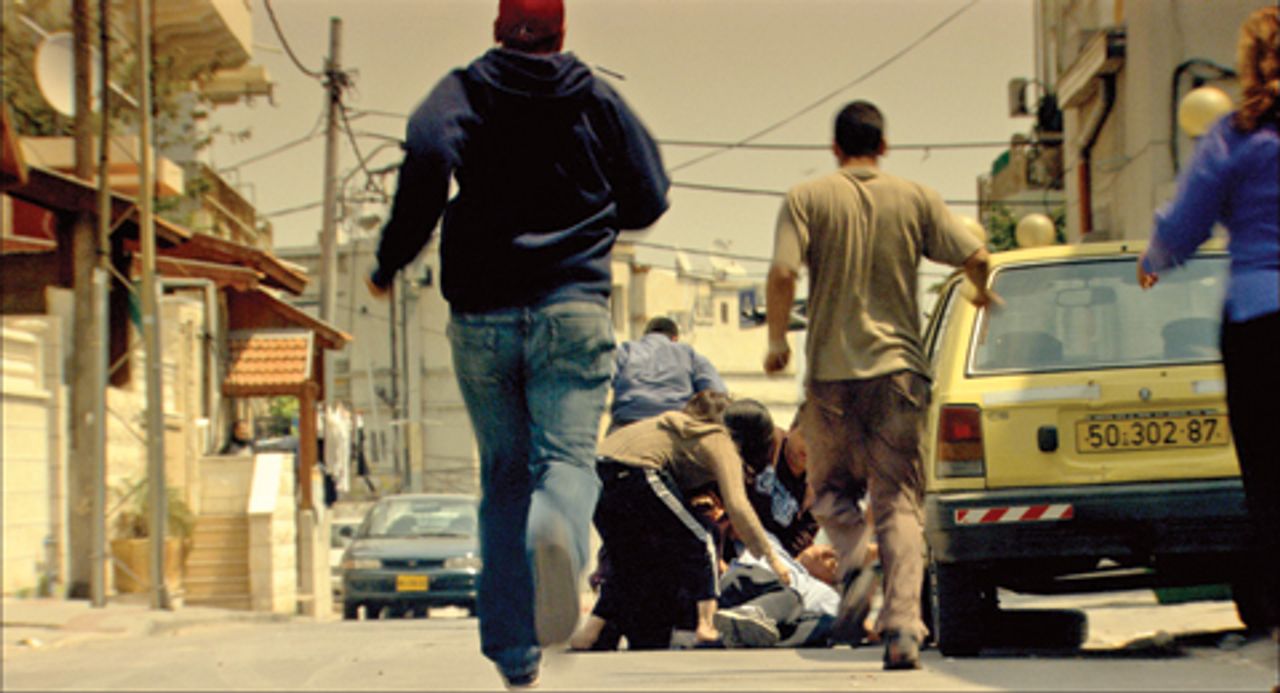 Ajami
AjamiAjami, co-directed by a Palestinian and an Israeli (Scandar Copti and Yaron Shani), offers an often painful and unflattering look at life in Jaffa’s largest Arab neighborhood: social tension, violence, psychological dysfunction.…
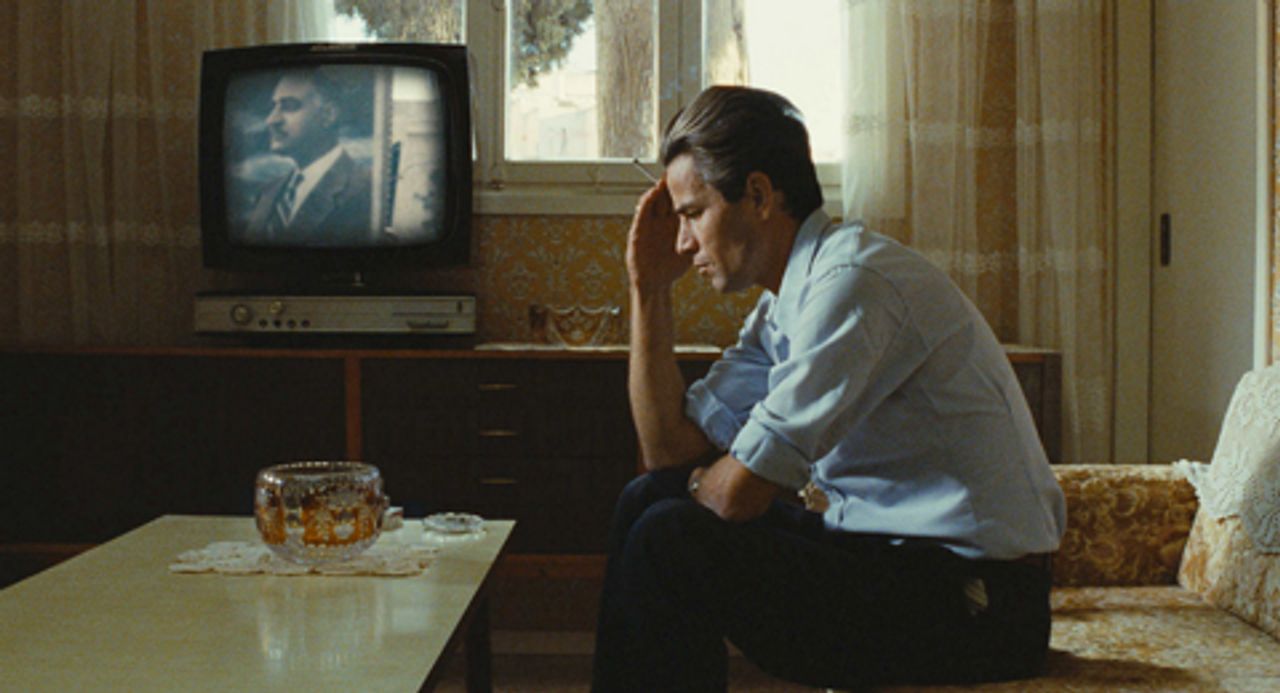 The Time That Remains
The Time That RemainsElia Suleiman’s The Time That Remains is a quasi-autobiographical account, tracing out his family’s fate—particularly that of his father, initially a resistance fighter and increasingly over time resigned to his unhappy condition as an alien in his own land—in Nazareth following the violent Israeli takeover in 1948. Suleiman injects his own deadpan sense of humor into the most perverse and humiliating circumstances.
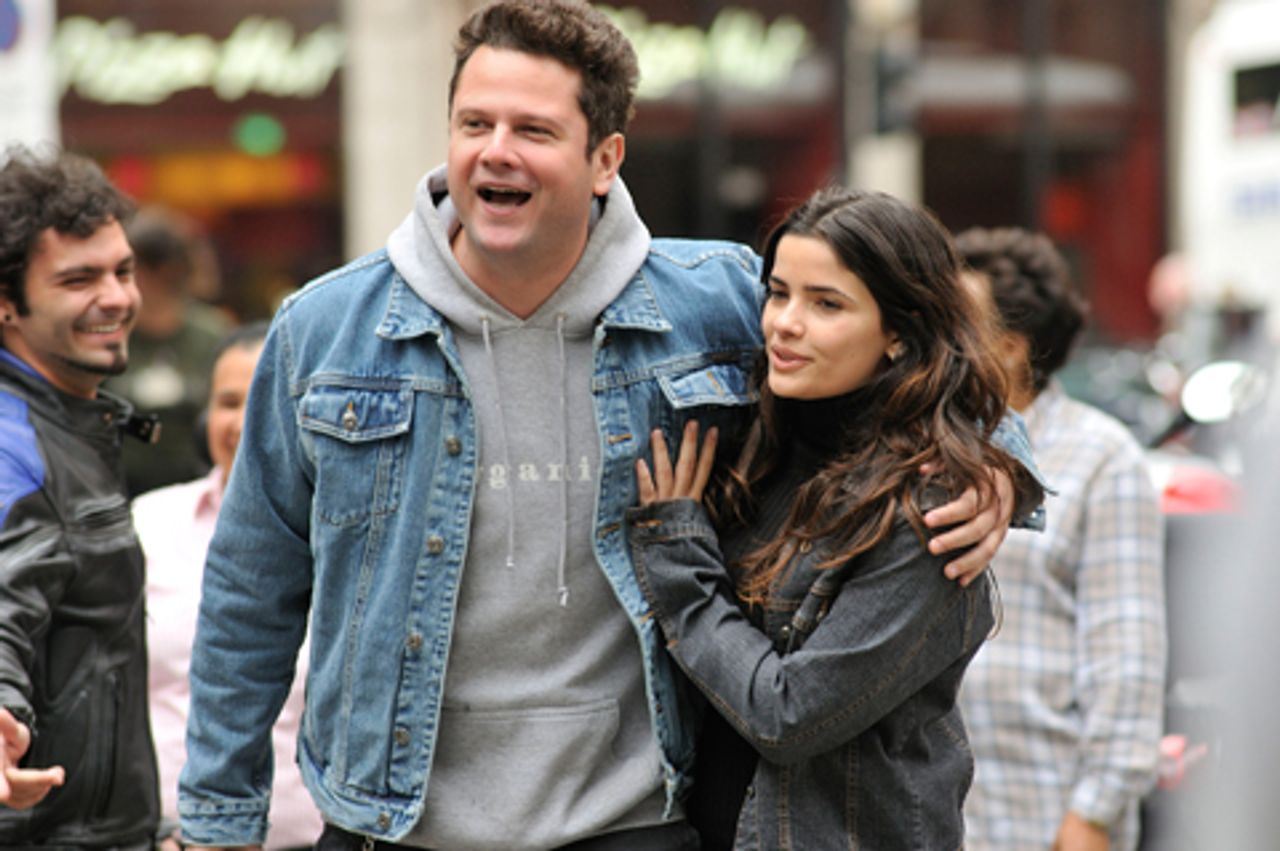 Jean Charles
Jean CharlesIn intelligent and diligent fashion, Brazilian director Henrique Goldman recounts the story of Jean Charles de Menezes, the innocent Brazilian shot dead by British police in the London underground as part of the “war on terror.” Jean Charles is less concerned with the wider political implications of the tragedy than the semi-legal existence imposed on immigrants in Britain, but it an honest and well-made effort.
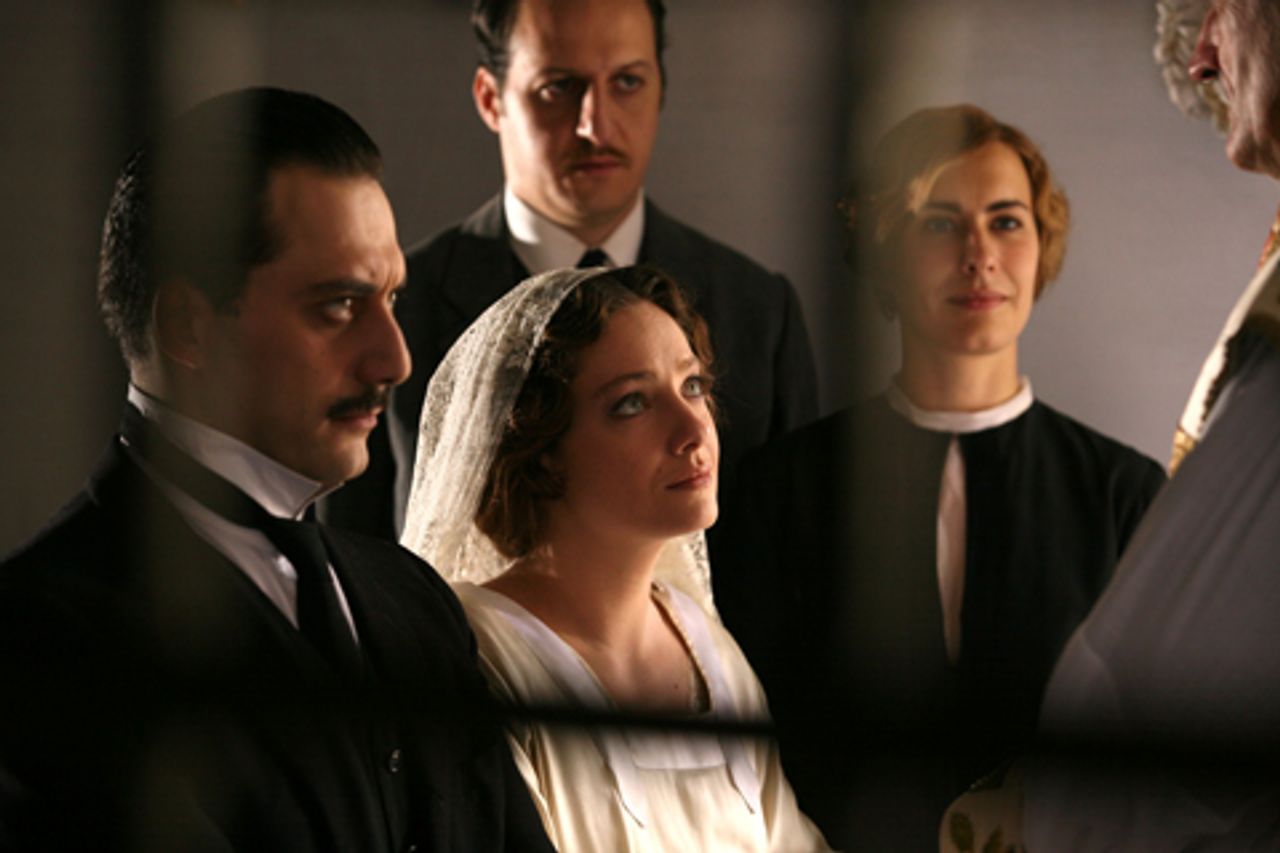 Vincere
VincereItalian cinema shows certain signs of life, with Marco Bellocchio’s Vincere, which treats the early political career of future fascist dictator Benito Mussolini and the woman and child he forsook, and Renato De Maria’s Front Line (La prima linea), about the left-wing terrorist group active in the 1970s.
The development of the world determines the development of art. The deplorable social conditions afflicting wide layers of the global population find at least limited expression in filmmaking. The plight of immigrants, children and the rural poor are most commonly represented.
In Rigoberto Perezcano’s debut feature, Northless (Norteado), Andres, from the Mexican state of Oaxaca, is determined to enter the US, despite continual and dangerous setbacks. In Tijuana, he stumbles into a job in a small shop, befriending the two women who work there, one older and the other younger. Both women have husbands who crossed the American border and were never heard from again. Despite the warmth of the feelings he develops, Andres remains stalwart in his quest. The set of relationships and difficulties is dealt with sensitively.
Huacho (Alejandro Fernández Almendras) from Chile treats social inequality. A small farming family of four—grandmother and grandfather, their daughter and her son—ekes out a meager existence. The film’s semi-documentary style, as it follows each family member through the course of a single day, is sometimes too passive for its own good, bordering on the tedious. The most dramatic (and quietly moving) sequence involves Alejandra, the mother of the teenage boy, who stoically must return her new blue dress, perhaps her only “luxury” item, in order to pay the electricity bill.
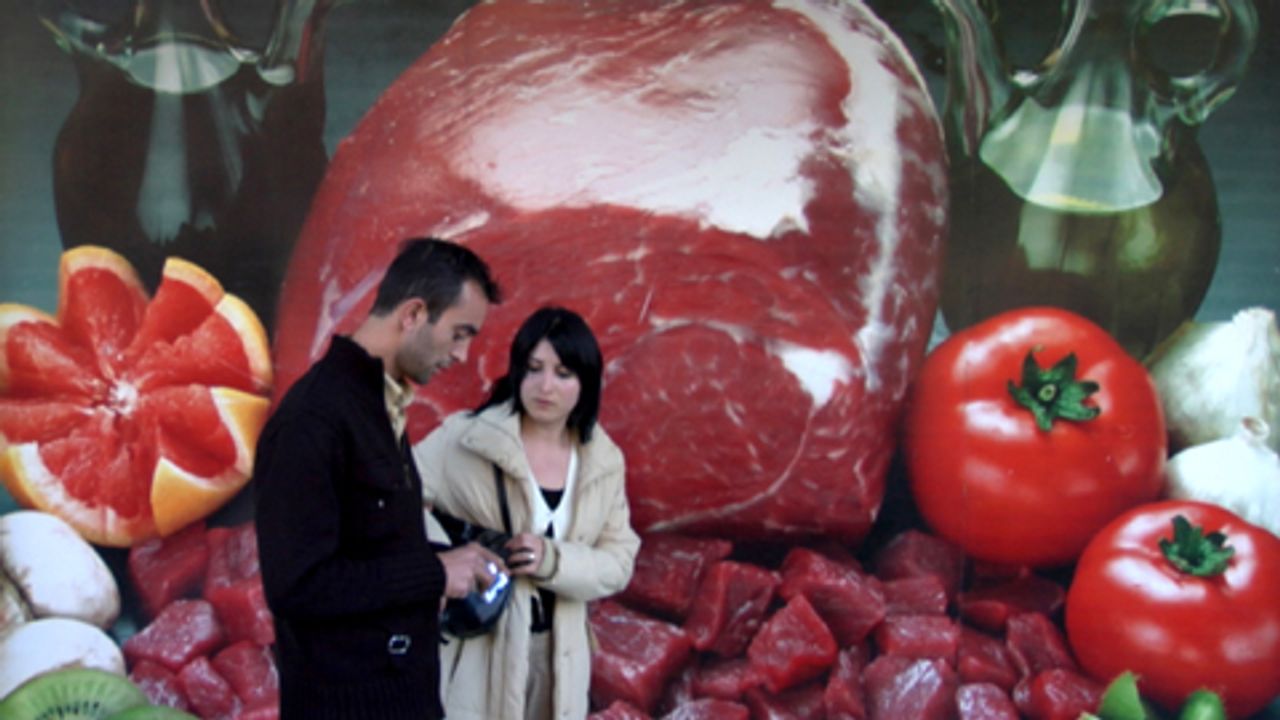 Men on the Bridge
Men on the BridgeMen on the Bridge, from Turkish director Asli Özge, also follows a handful of characters, with better artistic results. The three protagonists—an unhappily married taxi driver, a Roma teenager who illegally sells flowers, and a traffic policeman transferred from a small town—all spend a good deal of their time on the Bosphorus Bridge, which connects Europe and Asia in Istanbul. Their varying forms of unhappiness and efforts to overcome that condition form the content of Özge’s compassionate work. (An interview with the Turkish director will be posted in a forthcoming article.)
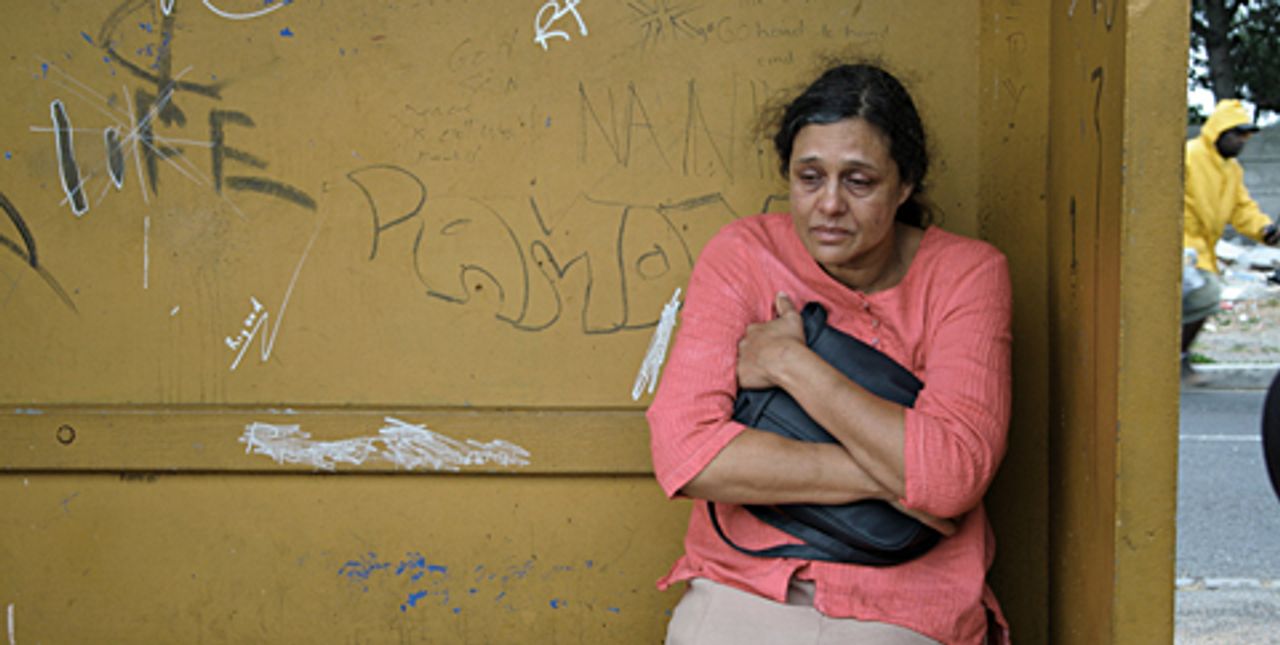 Shirley Adams
Shirley AdamsShirley Adams, from South Africa, is the first feature film directed by Oliver Hermanus. Shirley, a resident of Cape Town, is attempting to cope with the consequences of a gang shootout that left her son paralyzed. Her husband, unable to deal with the tragedy, has walked out. The hospital has doubts she can handle the situation, and her son sees little reason to go on living. Denise Newman as Shirley is remarkable.
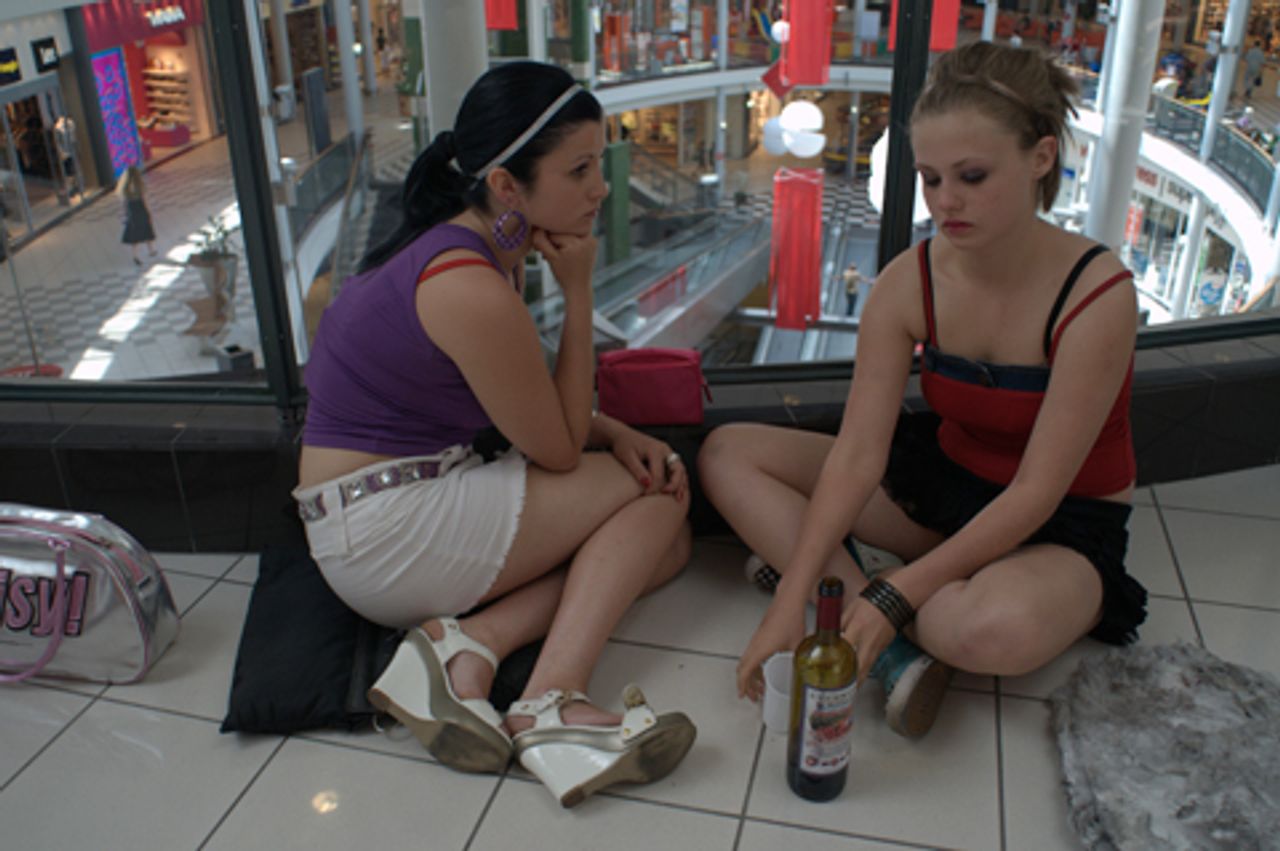 Mall Girls
Mall GirlsFrom Poland, Mall Girls centers on a group of adolescent girls, from working class homes, who work out their emotional and economic desperation by trading sex for cell phones and fashionable clothes. This is also Katarzyna Roslaniec’s first feature film, and it shows. She tries to put too much into the film, including more than a few stereotypical elements, and the work strains as a result. Nonetheless, Anna Karczmarczyk as Alicja, the film’s leading figure, is moving and convincing.
The Unloved, directed by British actor Samantha Morton, is rooted in autobiography: Morton spent her childhood in the care of the Nottinghamshire social services system. With some conscientiousness and sensitivity, Morton follows a young girl whose family’s difficulties land her in a home, roommate to an older, more volatile teenager. La Pivellina, co-directed by Italian-born Tizza Covi and Austrian Rainer Frimmel, recounts the fate of a temporarily abandoned child, discovered by a group of impoverished circus performers on the drab outskirts of Rome.
Buddhadeb Dasgupta’s The Window is a not terribly ambitious satire about contemporary Bengal. Its story of a young man who goes into debt to provide his old school with an elaborately carved window in place of a decrepit one is well told, but hardly breaks new ground. The picture of absurd and utterly corrupt local politics strikes one as truthful, but relatively timid. There are nice comic touches, and a few memorable performances, but one feels that Dasgupta is capable of considerably more.
Chinese filmmaker Guo Xiaolu had two films in the Toronto festival, She, a Chinese and Once Upon a Time Proletarian: 12 Tales of a Country. The first, a fiction film and presumably the more highly prized, is fairly mediocre. Its story of a young Chinese woman, who makes her way from a tiny village in China to the streets of London, although it has a number of touching moments, feels as though it were created from a template: we can largely anticipate the harshness of life in the provincial village; the tender-brutal affections of a gangster in Chong-qing; the strangeness and alienation of London. The film follows in the wake of superior Chinese films made along the same lines, when these dramatic situations had a certain freshness and unsettling quality.
Once Upon a Time Proletarian: 12 Tales of a Country, a documentary divided into 12 brief sequences, treating a variety of quite distinct personalities and social types, is more rewarding. A peasant denounces corruption and economic conditions (“The country is shit”); a vendor explains that “It’s all about bribes”; a young kid from the countryside makes a living washing the cars of the wealthy (“the rich are arrogant”); a fish-seller reacts to a question about what has been the happiest moment in life (“Happiest moment—are you joking?”); businessmen sit around, discussing the state of the stock market and the new Russian prostitutes in town; the former manager of a state-owned factory explains his job was to “control the workers, keep them quiet,” and explains how privatization led to the loss of jobs, including his; a young waitress in a posh hotel tells the camera, “This job is a burden on my soul” and “I wish I could live a life which is not only work,” and so forth. The sequences are too fleeting to be deeply insightful, but the overall picture of disillusionment and discontent seems genuine.
Vision, from veteran German director Margarethe von Trotta (Rosa Luxemburg, Rosenstrasse) is an honorable attempt to recreate the life and circumstances of Hildegard von Bingen, the remarkable twelfth-century composer, mystic, naturalist and philosopher.
American writer-director Todd Solondz (Welcome to the Dollhouse, Happiness) returns with Life During Wartime, a biting piece about contemporary American life, as well as a plea for compassion for the most marginalized and despised.
The special awfulness of Lars von Trier’s Antichrist deserves its own separate treatment.
These are some of the films worth writing about, and there were others.
To be continued
